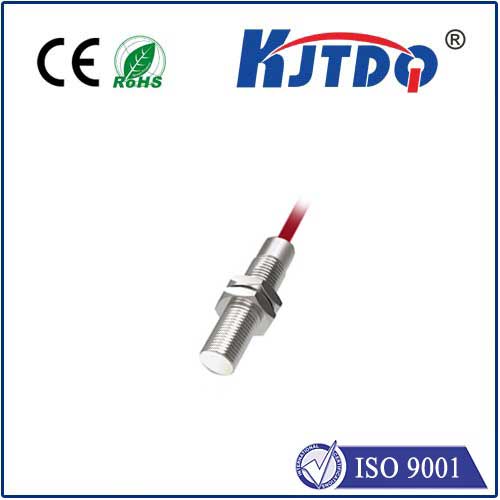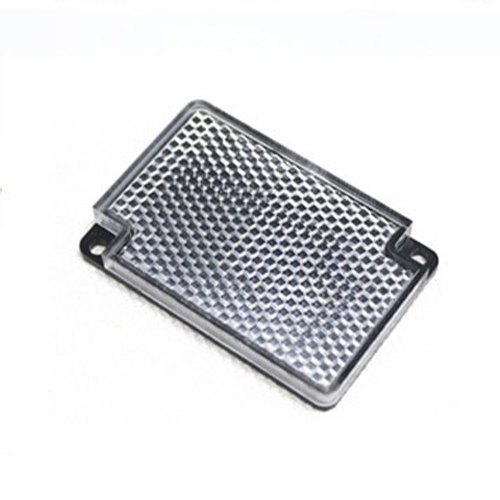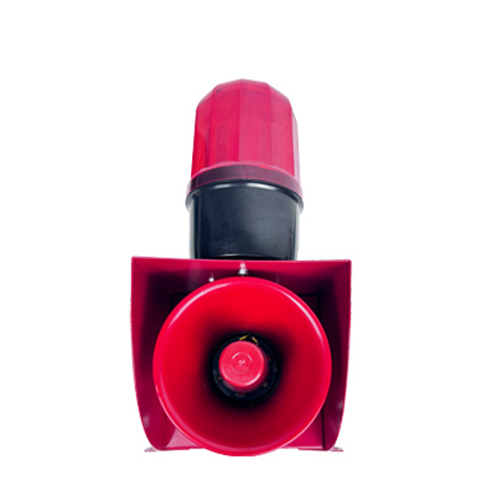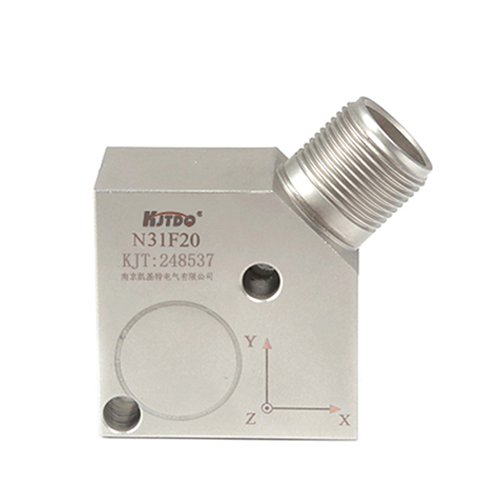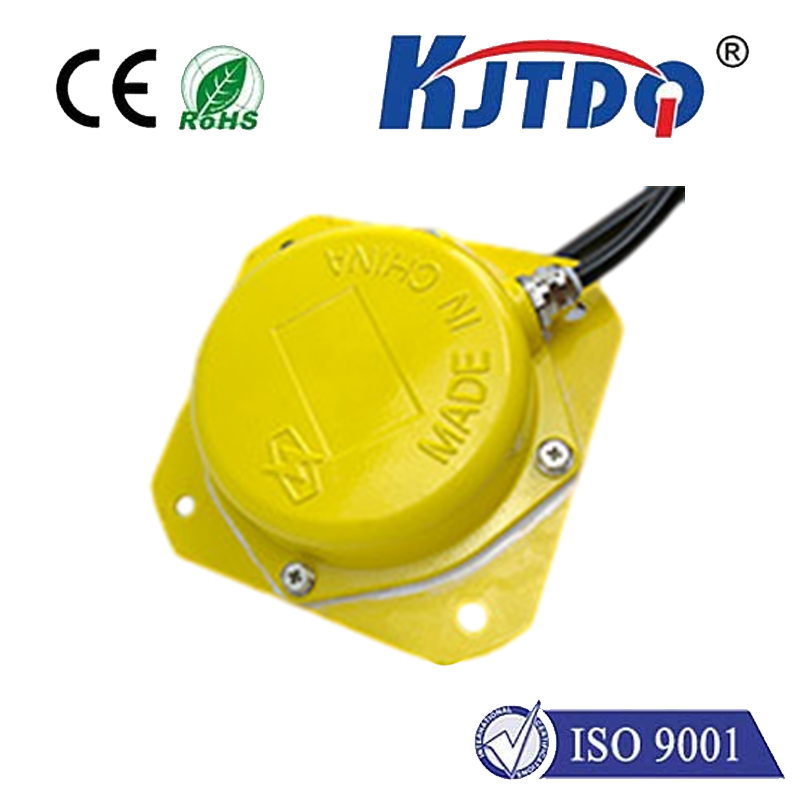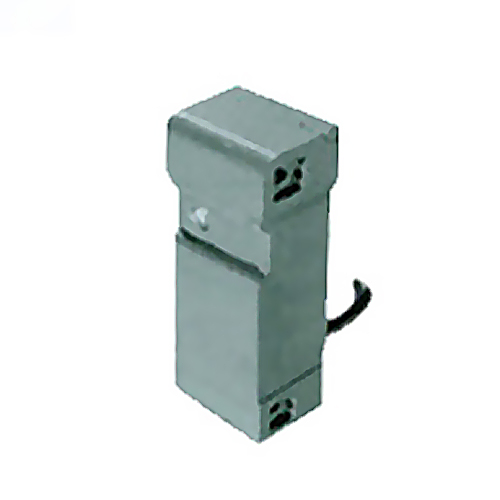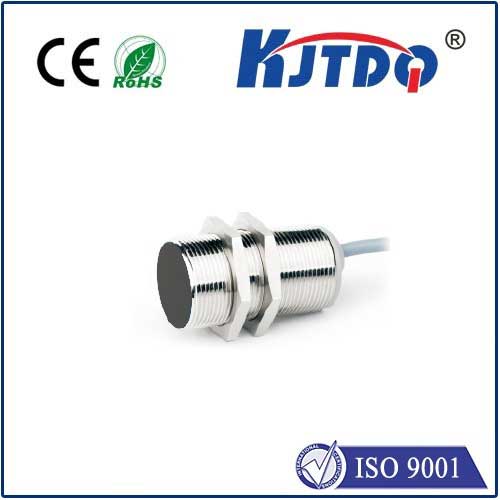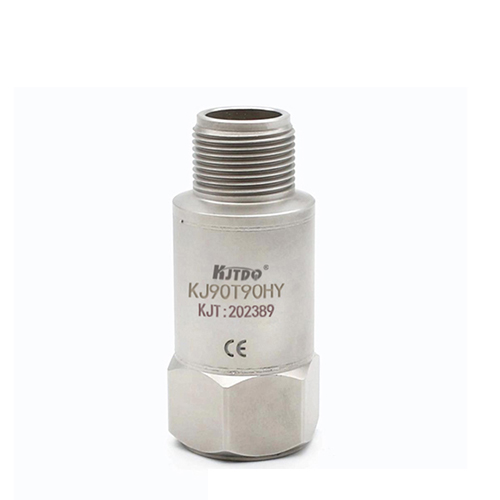Датчик приближения для измерения скорости
- time:2025-07-15 08:44:18
- Нажмите:0
How Proximity Sensors Revolutionize Non-Contact Speed Measurement
Proximity Sensor for Speed Measurement: The Silent, Reliable Revolution
In precision-driven industries and countless applications, measuring speed accurately and reliably is paramount. But what happens when physical contact isn’t possible, desirable, or even safe? Think of whirring industrial machinery, fast-moving conveyor belts, rotating shafts obscured by housing, or processes demanding sterile conditions. This is where the unassuming датчик приближения steps into the spotlight, transforming the landscape of non-contact speed measurement.
Moving beyond their foundational role of simply detecting the presence or absence of objects, proximity sensors leverage sophisticated principles to become powerful speed measurement tools. Their core strength lies in their ability to sense targets without needing to touch them. This inherent non-contact nature eliminates friction, wear, and potential interference, offering a robust and often maintenance-free solution where traditional mechanical sensors falter. Understanding how they achieve this reveals their versatility and growing importance.
The Science Behind the Sensing
Proximity sensors operate on several key physical principles, each suited to different environments and target materials:
- Electromagnetic Fields (Inductive Sensors): The workhorses for metal detection. These sensors generate a high-frequency electromagnetic field. When a ferrous or non-ferrous metallic target enters this field, it induces eddy currents within the metal. This current absorption causes a measurable change in the sensor’s internal oscillation amplitude or frequency. By detecting the onset and cessation of this disturbance as the target passes, the sensor registers an event.
- Light Beams (Photoelectric Sensors): These utilize light (visible, infrared, or laser). Common types are:
- Through-Beam: An emitter sends a constant beam to a separate receiver. A target interrupting this beam triggers the sensor.
- Reflective: The sensor emits light and detects its reflection off a target. The presence of the reflected signal indicates detection. Diffuse sensors rely on light bouncing directly off the target, while retro-reflective types use a reflector.
- Ultrasonic Waves: Emitting high-frequency sound waves, these sensors measure the time-of-flight for the echo to return after bouncing off a target. While often used for distance, the principle applies to detecting passing objects disrupting the sound field or changes in echo timing.
- Capacitive Fields: Detect changes in capacitance caused by any material (metal, plastic, wood, liquid) entering the sensing field. Useful where metallic targets aren’t present.
Translating Detection into Speed: Pulse Counting
The magic trick for датчик приближения speed measurement lies in converting a series of discrete detection events into a velocity value. This is primarily achieved through the Pulse Counting Method:
- Target Attachment: A feature (like a gear tooth, bolt head, notch, or dedicated flag) is attached to the rotating or moving object. Alternatively, an inherent feature on the object itself can often be used.
- Detection Events: As the target feature passes the stationary proximity sensor (inductive for metal targets near the shaft, photoelectric for non-metallic targets or greater distances), the sensor outputs a clean digital signal pulse – ON when detected, OFF when not. Each pulse corresponds to one passing feature.
- Frequency is Key: The Частота ((f)) of these pulses (pulses per second) is the direct indicator of speed.
- For rotational speed (e.g., RPM): If there is only one target feature per revolution, the pulse frequency (f) (Hz) equals the rotational frequency. Therefore, RPM = (f \times 60).
- If there are
Н identical, evenly spaced target features per revolution, then RPM = ((f \times 60) / N). The more features per revolution (N), the higher the resolution and accuracy, especially at lower speeds.
- Linear Speed Measurement: For linear motion (conveyors, vehicles), the principle is similar. Attach multiple targets at a known, fixed distance (
Д) apart along the path. The pulse frequency (f) (Hz) relates to linear velocity V. (m/s) by: V = f \times D. If using a single target passing two sensors a known distance apart, timing the interval between the two detection pulses provides the speed (Speed = Distance / Time).
Why Choose Proximity Sensors for Speed?
The unique capabilities of proximity sensors make them ideal for many speed measurement scenarios:
- No Contact, No Wear: Eliminates friction, mechanical wear, and potential damage to the measured object or sensor. Essential for high-speed or delicate applications.
- Robustness: Often sealed and built to withstand harsh industrial environments involving dirt, dust, oil, vibration, and extreme temperatures.
- High Reliability & Long Life: With no moving parts to wear out (in the sensor itself), they offer exceptional uptime and longevity.
- High-Speed Capability: Capable of detecting very high-frequency passing events, translating into accurate measurements even at very high rotational or linear speeds.
- Immunity to Surface Conditions: Unlike encoders requiring clean surfaces, they generally aren’t affected by dirt, oil, or minor surface imperfections on the target.
- Simplicity & Cost-Effectiveness: Generally easier to install and maintain than complex optical encoders or tachometers, often at a lower cost.
- Многогранность: Various types (inductive, photoelectric) cater to different target materials and mounting constraints.
Real-World Applications: Where Silent Speed Sensing Shines
The use of proximity sensors for speed measurement is pervasive:
- Промышленное оборудование: Monitoring motor speeds, conveyor belt velocity, gear rotational speed, pump shaft RPM, and fan speeds.
- Automotive Testing & Manufacturing: Measuring wheel speed on dynamometers, engine crankshaft/camshaft RPM during testing, production line conveyor speeds.
- Rail Transport: Monitoring wheel rotational speed for traction control and anti-lock braking systems (often inductive sensors).
- Перевозка материалов: Tracking linear speed of packages on sorters, palletizers, and assembly lines (photoelectric sensors).
- Аэрокосмическая деятельность: Monitoring turbine engine shaft speeds in demanding environments (inductive sensors).
- Process Control: Regulating the speed of rollers, mixers, extruders, and winders in various manufacturing processes.
- Consumer Products: Simple speed feedback in appliances like blenders or power tools.
Optimizing for Accurate Speed Readings
Maximizing the potential of proximity sensors for speed measurement requires attention to detail:
- Sensor Selection: Match the sensor type (inductive, photoelectric, etc.) to the target material, required sensing distance, and environmental conditions.
- Target Design: Ensure the target feature provides a clear, consistent signal. Size, material, and spacing (for multiple features) are critical. Using multiple targets significantly boosts resolution.
- Mounting Precision: Secure mounting and precise gap adjustment between the sensor face and the target path are vital for consistent detection.
- Signal Processing: Ensure the receiving system (PLC, counter/timer module, data logger) can reliably count the pulses and convert the frequency accurately. Filtering might be needed in electrically noisy environments. Calibration against a known reference is recommended for critical measurements.
Выводы
Far more than just presence detectors, proximity sensors offer a remarkably effective, reliable, and non-intrusive method for speed measurement. Their ability to operate without contact, withstand harsh conditions, and deliver precise pulse information makes them indispensable across a vast spectrum of industries and applications. By understanding the principles of pulse counting and carefully implementing the right sensor and target setup, engineers leverage the silent power of proximity sensing to keep machines running safely, efficiently, and under precise control, transforming the fundamental task of measuring motion.
